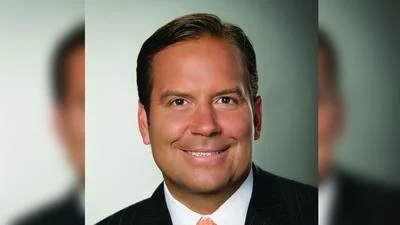A New York Times piece last week explored how expensive, national childcare chains are thriving, while millions of ordinary American families struggle to get the care they want or need.
The chains such as Bright Horizons and KinderCare provide attentive services: “Parents often receive hourly updates: the exact time a baby dirtied a diaper; the number of raspberries a toddler ate at snack time, photos of 3‑year‐olds at the playground.” But with charges of up to $40,000 per year in Manhattan or $44,000 in Seattle, these are “generally expanding in higher‐income neighborhoods, while the greatest need for services is elsewhere — particularly in rural areas and low‐income communities of color.”
Indeed, there is a supply squeeze for affordable childcare across many localities. The industry has lost 80,000 workers since 2020, contributing to the closure of 12,000 programs. Operating on razor thin profits margins, most care centers are reeling from a worker exodus, driven by post‐pandemic career changes and the competition for workers from more expensive providers. The result is widespread dissatisfaction at the high cost and limited availability of care that parents need.
The Times article, naturally, talks up the case for more federal demand subsidies as a response, which is what President Biden wanted to deliver through his original Build Back Better plan. But as my chapter in the recent Cato book Empowering the New American Worker makes clear, the high cost of childcare and its lack of accessibility is in part caused by existing government regulations, which enshrine the preferences of wealthier families to the detriment of the poor.
Empirical research confirms that stringent staff‐to‐child ratios in some states substantially increase childcare prices with little beneficial effect on various measures of childcare quality. By increasing the cost of providing care, these regulations reduce its availability in low‐income areas, in which demand is more sensitive to price rises.
State‐level educational requirements for childcare staff further restrict the number of potential childcare workers, driving up the price of care further. Many state and local governments also consider home daycares a “problem use” and have used zoning restrictions to ban them. That’s before we consider federal immigration restrictions, which bar many potential childcare workers, or other options, such as au pairs and babysitters, from even entering the country.
Instead of just throwing more federal taxpayer dollars at the childcare sector, local, state and federal governments should reform these policies to increase the supply of childcare and reduce its price. Childcare could be a truly pluralistic market, with lots of options — including everything from formal educational centers right through to simple share arrangements between groups of parents. Different work patterns and children’s needs mean that in a truly open market, there would be huge variety on offer.
Unfortunately, the momentum is in the opposite direction, with campaigners pushing for a formalization of the sector, with childcare seen as an arm of education policy. A lot of higher income households and politicians have convinced themselves that intense care provided in formal centers with extensively educated carers and expensive learning equipment constitutes “high quality” care that will improve the cognitive development of children. Policymakers want to entrench these preferences by tightening government regulations over who can care, and how. In Washington DC, for example, many childcarers will need college degrees from 2023.
This approach is not only empirically dubious, but, if rolled out more broadly, would have extremely regressive effects. Poorer families are often balancing other important concerns that can affect children’s wellbeing when deciding on their care options. If a job opportunity comes up that could really improve the incomes of a household and so the life‐chances of its children, having access to an affordable childcare environment with flexible enough hours to facilitate that work is much more important to the family than carers having a degree. Yet these very regulations make childcare less affordable and less accessible in just these circumstances.
Indeed, what a lot of these regulations do is enshrine the preferences of the wealthy at the expense of the poor. If many rich households desire intense learning environments for their kids, the market will serve them. But efforts to insist that all childcare environments must follow suit is misguided.
Those who use these high‐end services should be careful about attempting to mandate their own preferences. The Times piece explains that some of the biggest childcare consortia were publicly very supportive of Biden’s original plan to cap childcare payments at 7 percent of family income for most families. However, in private they had severe reservations about the proposals — worrying that the federal spending level would not cover the cost of expanding their services to more households.
Original source can be found here.





 Alerts Sign-up
Alerts Sign-up